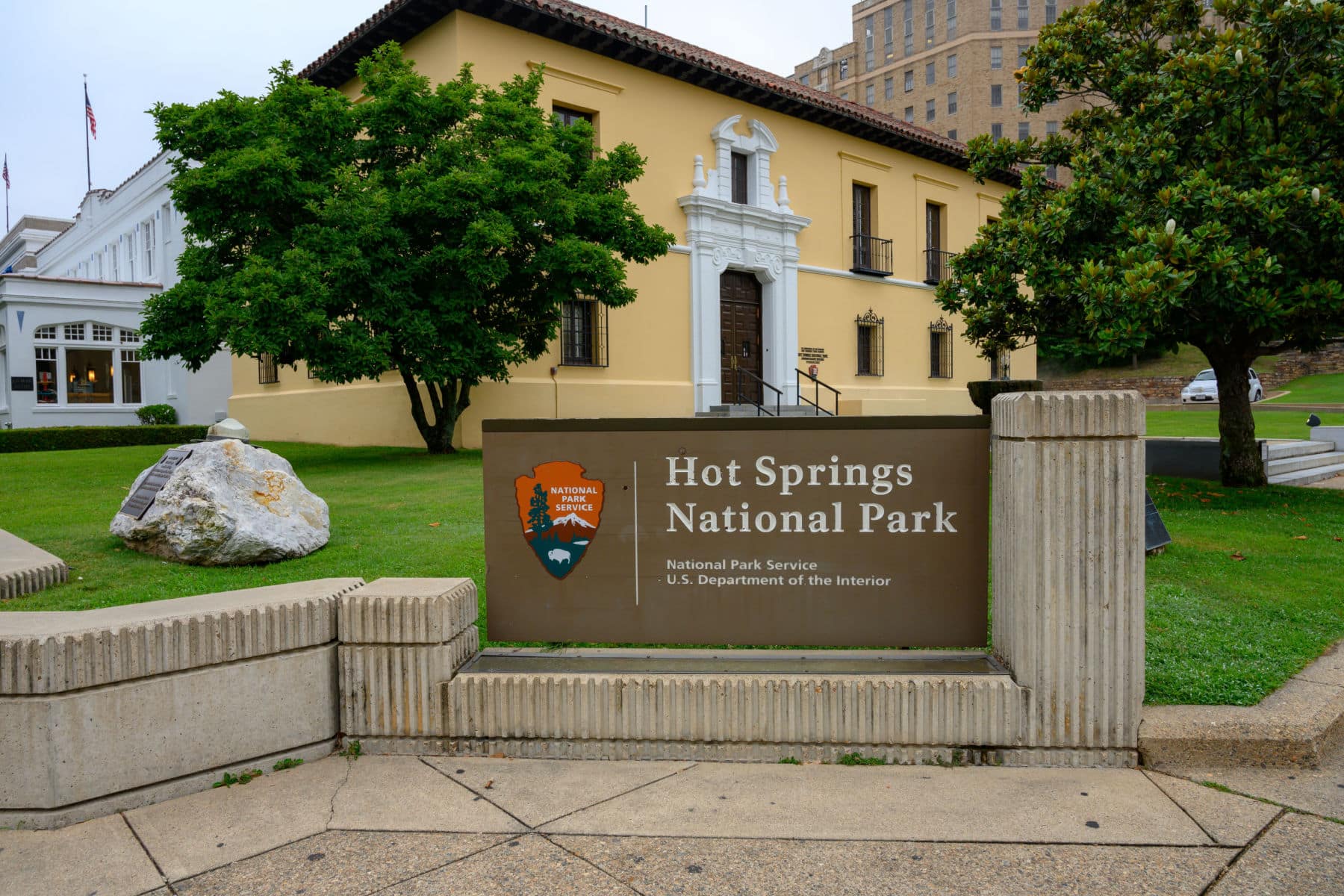
Article Summary: National Parks Near Little Rock
National Parks Near Little Rock. There’s so much more to the Natural State than Big Dam Bridge.
In this article, we’ll familiarize you with the incredible national parks that are within a day’s drive of downtown Little Rock.
Located along the Arkansas River, Little Rock, the bustling capital city of Arkansas, is known for its William J. Clinton Presidential Library and Museum, the Old State House Museum, Pinnacle Mountain State Park, Esse Purse Museum, and the Little Rock Zoo, among other popular sites and attractions.
It’s also home to some amazing national parks that are within a day’s drive of the city.

What Is A National Park?
We get asked that question a lot because there’s a difference between a “national park” and a “national park site.” To help you understand that difference you might want to check out our article titled: What Is A National Park Really?
If you’re planning to visit the Little Rock then one book that I highly recommend is: A Walking Tour of Little Rock, Arkansas by Doug Gelbert.
Now let’s go ahead with 5 reasons why you’ll want to hop in your car and make a day’s drive from Little Rock to one of these truly amazing places.

Table Of Contents: National Parks Near Little Rock
Best National Parks Near Little Rock
1. Arkansas Post National Memorial
Distance From Little Rock: One hour 34 minutes (98 miles) via I-530 S & US-65 S.
I’m a retired history teacher. I love nothing better than to pack up my car and go forth in search of interesting places with a whole lot of history.
And, when I get there, I want to learn as much as I can about the history of the place. The Arkansas National Park sites are among some of my favorites beginning with the Arkansas Post National Memorial.
It’s a national memorial located in Gillett, Arkansas. The memorial preserves the site of the first European settlement in the lower Mississippi River Valley, which was established by French explorers in 1686.
The settlement, known as the Arkansas Post, was an important center of trade and politics for over a century, and played a significant role in the history of the region.
Visitors can explore the historic site, which includes the remains of the original settlement, as well as a visitor center with exhibits on the history of the area and the people who lived there. It also offers guided tours and ranger-led programs.
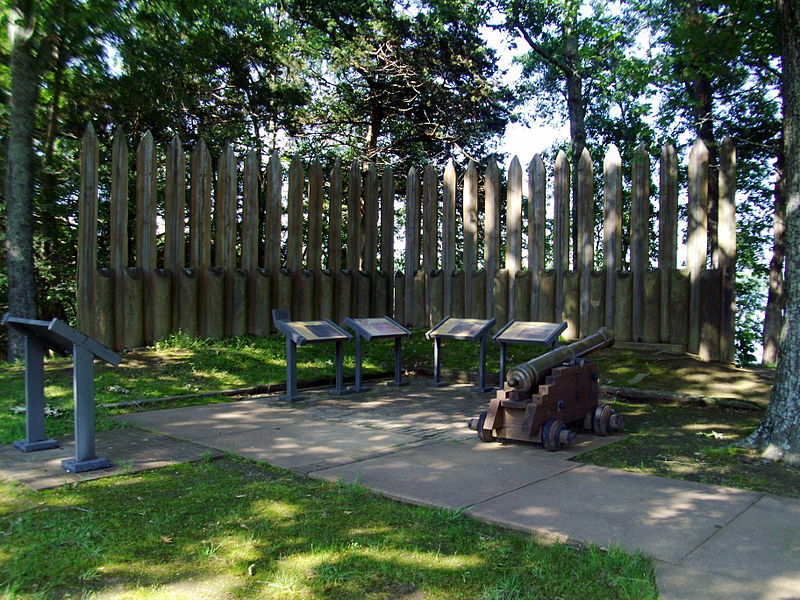
From Trading Post To Frontier Community
Fast forward to the establishment of the United States of America. Of course, Spain had to abandon its holdings just as the French had done before them.
The French did get a measure of revenge against the British, however, when they allied with the thirteen colonies. This time, they were on the winning side. And, it was Britain’s turn to lose a choice piece of North American real estate.
Twenty years later, the newfound American nation acquired the Arkansas Post as part of the Louisiana Purchase. Ironically, it was purchased from the French Emperor Napoleon Bonaparte. Viva la France!
In 1819, the Arkansas Post was designated as the capitol of the Arkansas Territory. With the advent of the Civil War, however, the Confederate Army turned it into Fort Hindman.
The Union Army became the next landlord. They put this fort out of commission with a gunboat attack on January 10, 1863. After that, it wasn’t much use to the Confederacy.

Arkansas Post Becomes A National Memorial
Fast forward to the twentieth century. It turns out that the post wasn’t much use to the U.S. Government either. Erosion and other detrimental changes had left it in a state of major disrepair.
Things were looking bleak. Then, in 1964, the federal government came to the rescue. The Arkansas Post became a national memorial.
Since that time, the National Park Service has restored the visible remains at the site to their original 18th century appearance. Visitors will find reminders of America’s European heritage.
You can also learn about its transition from a European trading to a military post then an American community. It’s an incredible story!
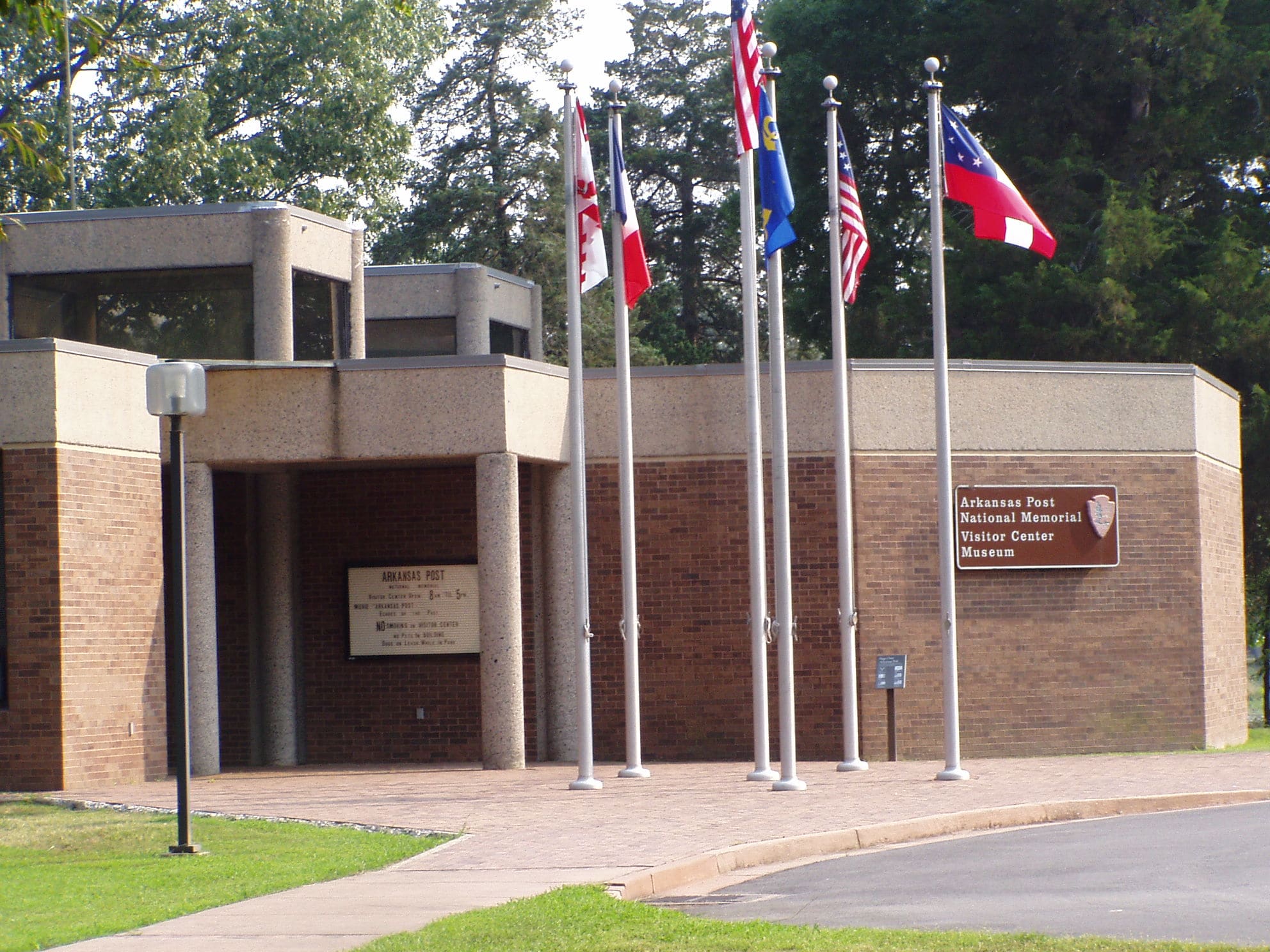
2. Buffalo National River
Distance From Little Rock: One hour 56 minutes (107 miles) via I-40 W & US-65 N.
The Buffalo National River is a national river located in northern Arkansas. The river is approximately 135 miles long and flows through the Ozark Mountains, offering visitors a variety of recreational activities such as canoeing, kayaking, fishing, hiking, and swimming.
The park also includes several historic sites, such as the remains of a 19th-century mining town, and the Buffalo Outdoor Center, which offers visitors a chance to rent equipment or take guided tours.
It’s home to a diverse array of wildlife, including white-tailed deer, black bears, and elk, as well as over 200 species of birds.
The park also features scenic views of the Ozark Mountains and the river, which is known for its clear water and limestone bluffs.

Things To Do At The Buffalo River
In the 1960s, some people became interested in building a dam at the Buffalo River. Thomas Hart Benton, who was a renown artist, had made annual trips to the area. He did not want to see the damn destroy what he loved so he appealed to the U.S. Army Corps of Engineers not to build it.
In 1972, the National Park Service made the Buffalo River the first national river in America. This meant no damn.
Since that time, it’s become a popular place for camping, canoeing, fishing and hiking. Visitors can bring their own canoes or rent them from local concessioners.
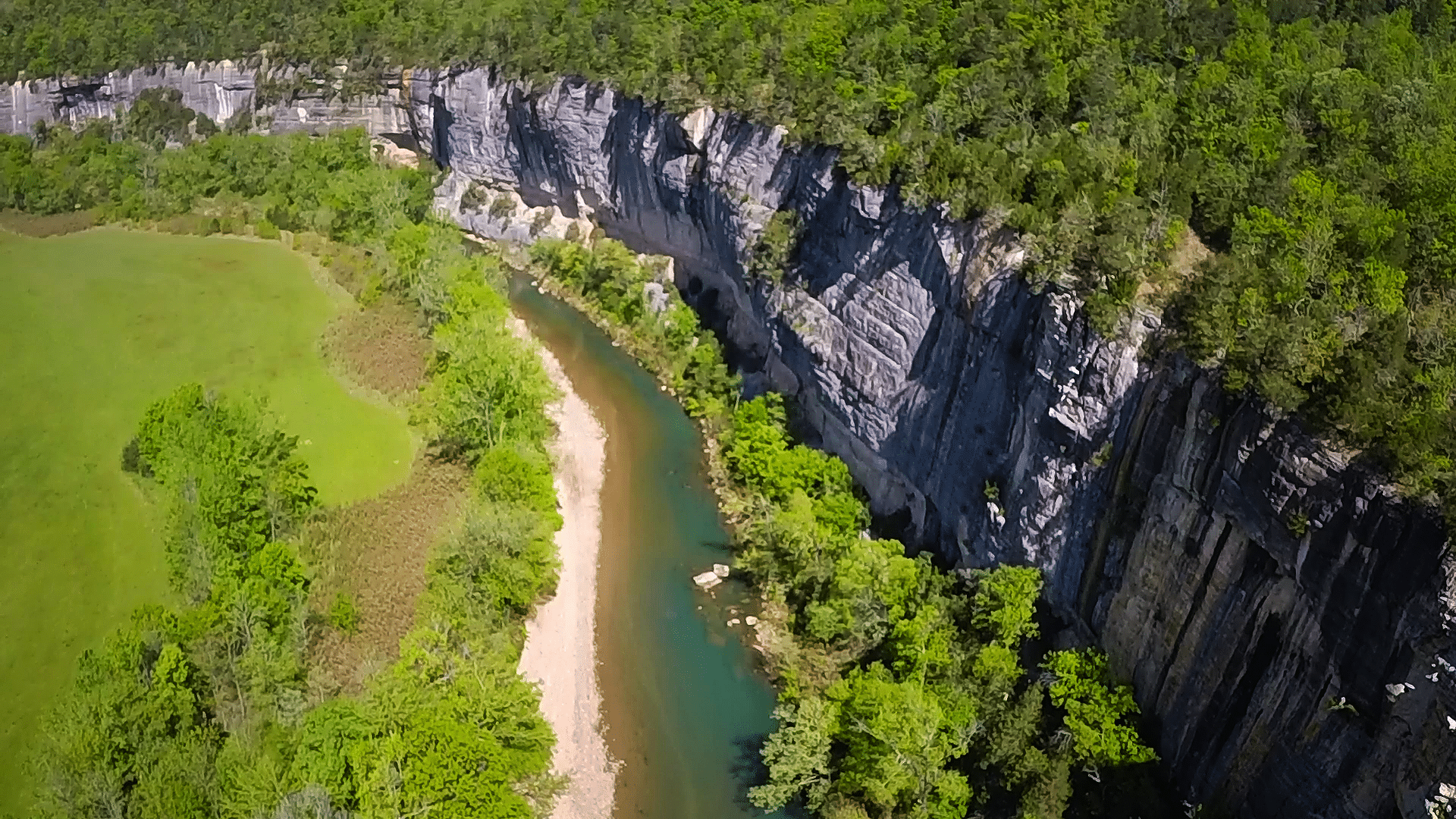
3. Fort Smith National Historic Site
Distance From Little Rock: Two hours 18 minutes (159 miles) via US-40 W.
Fort Smith National Historic Site preserves and commemorates important events and structures associated with the history of the area, including the United States Indian Territory, the Frontier Army, and the Federal Court for the Western District of Arkansas.
The park contains several historic structures, including the remains of two frontier forts, the reconstructed gallows used for executions during the “Hanging Judge” era, and the courthouse where numerous high-profile cases were tried, including those of outlaw legends like Belle Starr and Judge Isaac C. Parker.
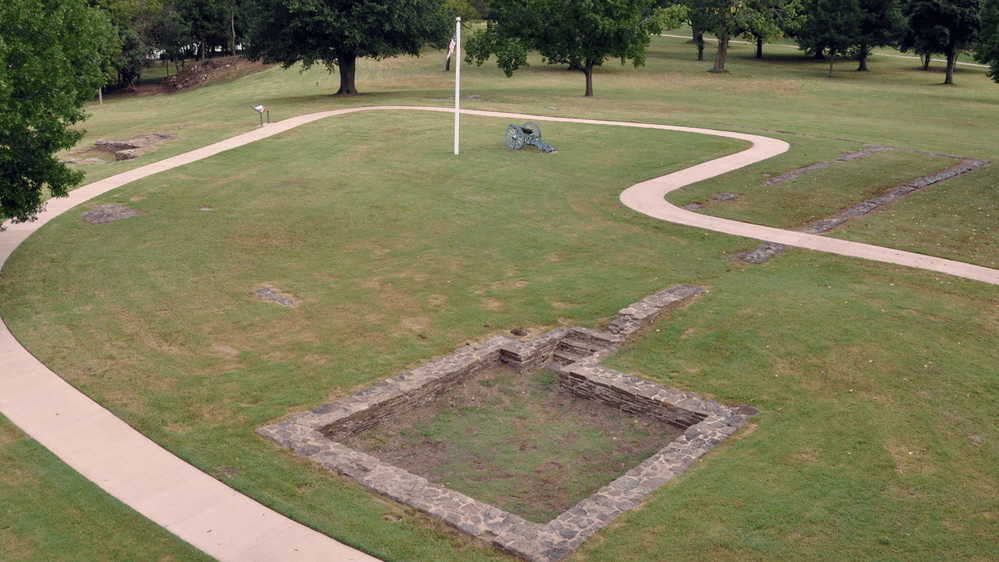
How Did Fort Smith Get Its Start
So, how did this fort get its start? At the dawn of the nineteenth century, a group of Cherokees moved into the Arkansas Territory. This happened to be the home of the Osage. You know where this is going, don’t you.
Conflict erupted between these two Native American tribes which prompted the U.S. Government to establish Fort Smith on December 25, 1817.
The fort’s goal was to maintain law and order during America’s westward expansion. It was designed by Major Stephen H. Long and built by Major William Bradford.
Fort Smith Today
Today visitors can see exhibits featuring the history of the military, the Trail of Tears, the Federal Court, and Judge Parker who served as a legendary “hanging judge” when Fort Smith was an outpost during the days of the Old West.
Check out the park grounds to see the unearthed foundations of the first Fort Smith, The Trail of Tears Overlook on the Arkansas River, and the Second Fort Smith’s Commissary Building and its reconstructed barracks.

More National Parks Near Little Rock
4. Hot Springs National Park
Distance From Little Rock: 54 minutes (54 miles) via I-30 W & US-70 W.
Hot Springs National Park is a national park located in Hot Springs, Arkansas. It’s known for its hot springs, which have been used for therapeutic and medicinal purposes for thousands of years.
The park includes several bathhouses, where visitors can bathe in the hot springs water, as well as hiking trails and scenic drives through the surrounding Ouachita Mountains.
The park also includes a number of historic buildings, such as the Fordyce Bathhouse, which was built in 1915 and served as a luxurious spa and bathhouse in the early 20th century.
Visitors can also see the Hot Springs Mountain Tower, which provides a 360-degree view of the surrounding area. The park also offers ranger-led tours and educational programs.

“America’s Spa”
This park is considered to be, “America’s Spa.” It includes “Bathhouse Row.”
The first bathhouses were crude structures of canvas and lumber. These were little more than tents perched over individual springs or reservoirs carved out of the rock.
Keep in mind that this was before the invention of Jacuzzis.
As these places increased in popularity, the original construction was replaced with the masonry and steel bathhouses that we see today.
Prominent people came to Hot Springs National Park to find healing in its soothing, warm waters. These visitors included: Al Capone, Herbert Hoover, Jesse James, Helen Keller, John F. Kennedy, Babe Ruth, and Cy Young.
You never know who’ll you meet in a bathhouse.
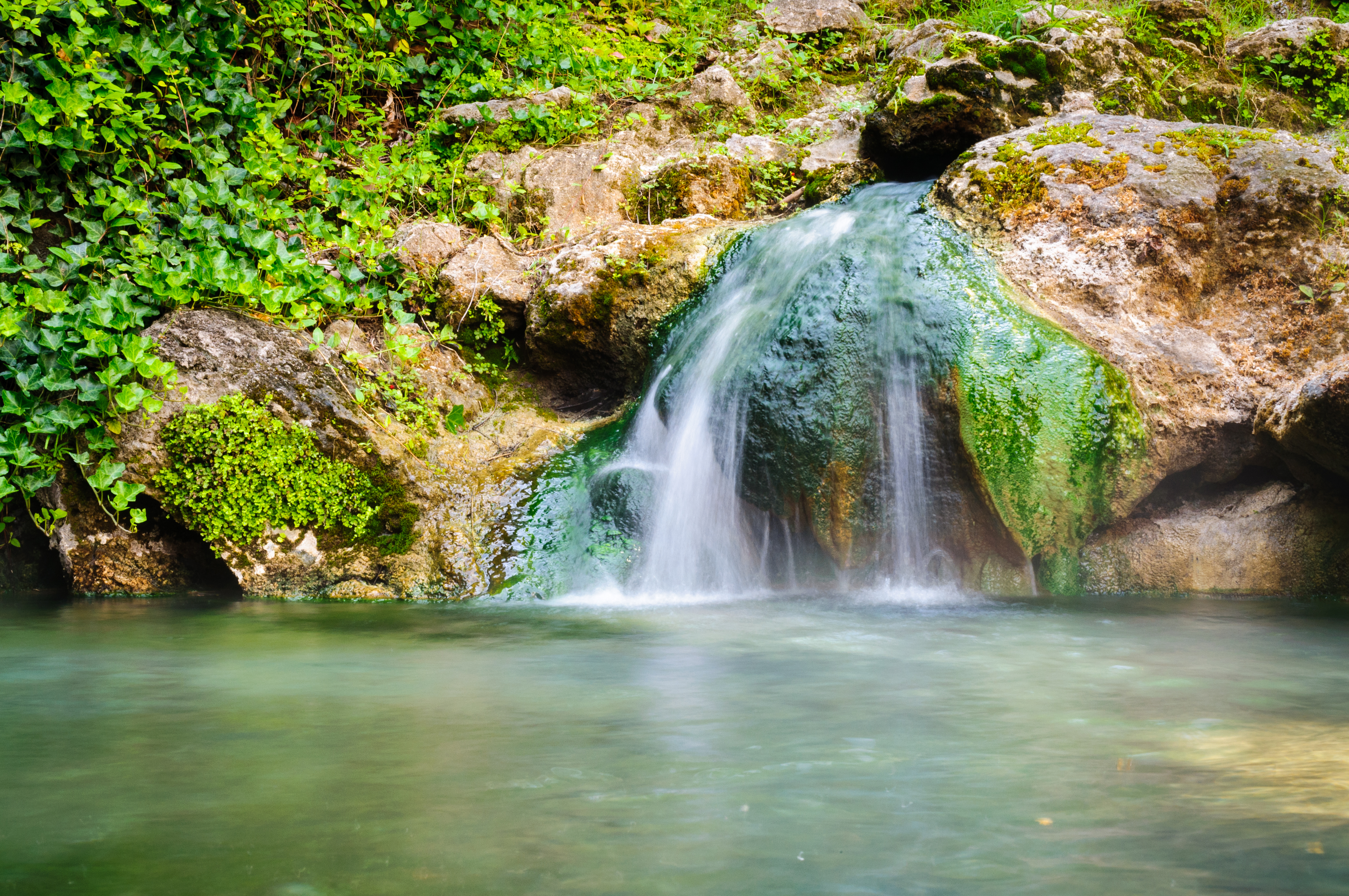
Fun Things To Do in Hot Springs National Park
In addition to exploring the magnificent bathhouses or enjoying a soothing steam bath, you can also hike along the Grand Promenade which provides lovely shaded views above the bathhouses or visit the Hot Springs Mountain Tower where you will enjoy a breathtaking view.
While you’re there, you might also want to visit the Gangster Museum. It’s dedicated to the infamous history of the notorious mafiosos who spent time in Hot Springs, including Meyer Lansky, Frank Costello, Albert Anastasia, and “Lucky” Luciano.
And let’s not forget about all of that glorious nature. Hike part (or all) of Sunset Trail to get the full experience of it. This trail passes the park’s highest point, a peaceful pond, wildflower fields, wildlife, and much more.
I recommend the following fun activities: (1) Hike the Grand Promenade, (2) Visit Hot Springs Mountain Tower, (3) Enjoy a Soothing Steam Bath, (4) Visit the Gangster Museum,
(5) Hike Sunset Trail and (6) Go Birdwatching.
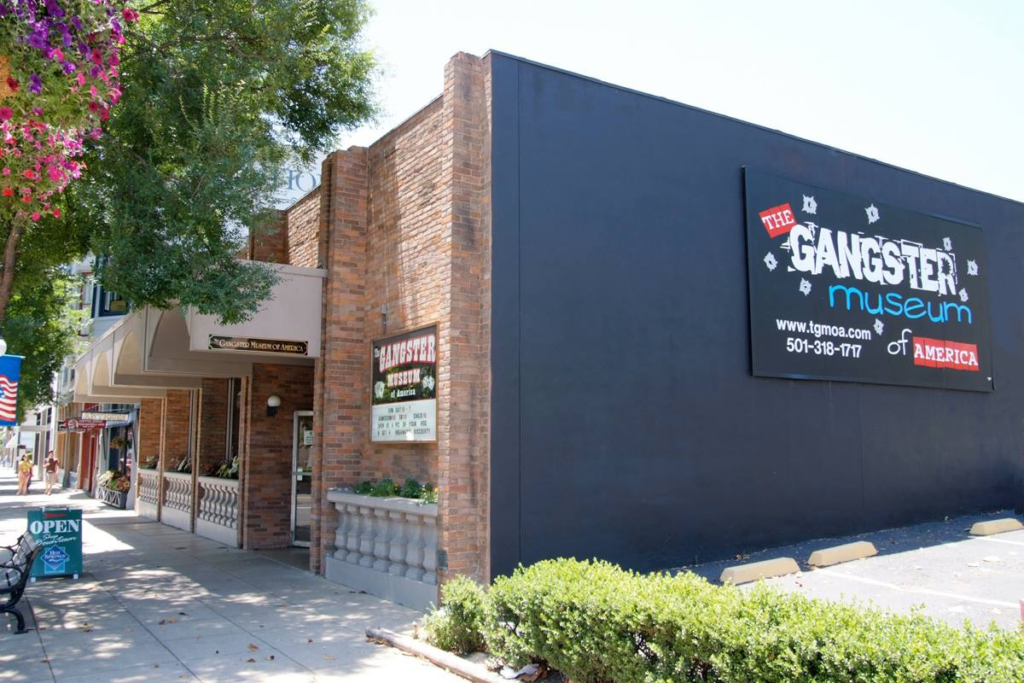
CHECK OUT: 12 FANTASTIC Facts About Hot Springs National Park
5. Little Rock Central High School National Historic Site
Distance From Little Rock: It’s in Little Rock!
The site preserves Little Rock Central High School, which was the site of a pivotal moment in the Civil Rights Movement in 1957.
The school became the center of a national controversy when nine African American students, known as the Little Rock Nine, were denied entry to the school by the Governor of Arkansas, leading to a stand-off between state and federal authorities.
The school was eventually integrated under the protection of the 101st Airborne Division of the United States Army, and the Little Rock Nine became the first African American students to attend a previously all-white high school in the South.
Visitors can tour the school, which is still in operation and visit the Visitor Center that features exhibits on the history of the school and the Civil Rights Movement. The park also offers ranger-led tours and educational programs.
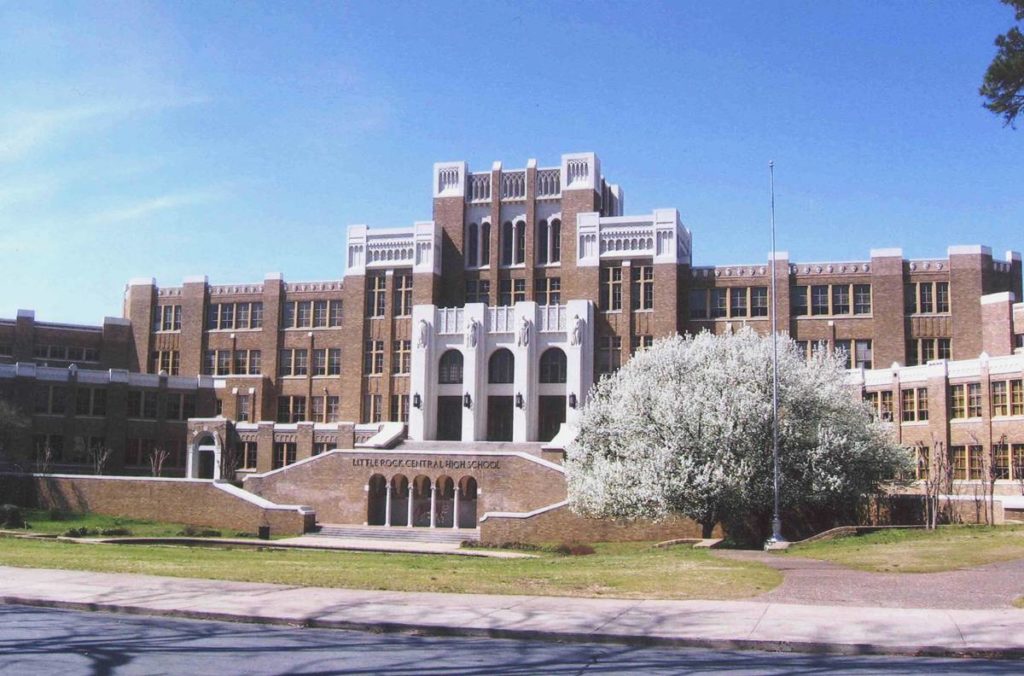
The Only Functioning High School To Be Part Of A National Historic Site
Central High is the only functioning high school to be located within the boundaries of a national historic site. There is a museum across the street which depicts the struggle through moving exhibits and powerful photos.
In 2007, a visitor center opened to coincide with the 50th anniversary of the desegregation crisis. It tells the story of the crisis through interpretive panels, artifacts, news clippings, photographs and original audio, and video recordings.
You don’t have to be a history buff to be moved by this place and what it represents. Imagine what it would have been like to walk into that school in 1957 especially if you were a person of color.

6. Pea Ridge National Military Park
Distance From Little Rock: Thee hours 21 minutes (224 miles) via I-40 W & I-49 N.
The park preserves the site of the Battle of Pea Ridge, which was fought in 1862 during the American Civil War. The battle was a significant victory for the Union Army, which was able to defeat a Confederate force that had invaded Missouri.
It features a visitor center with exhibits on the history of the battle and the people who fought there, as well as several hiking trails that lead to historic landmarks, including Elkhorn Tavern, which served as a field hospital and command center during the battle.
The park also offers guided tours and ranger-led programs. The park also offers a self-guided auto tour route that takes visitors to the major areas of the battle with wayside exhibits and monuments.

CHECK OUT: 10 BEST Civil War Sites In America
National Parks Near Little Rock FAQ
Hot Springs National Park. These hot springs in the Ouachita Mountains have long been a source of interest to people living in the area, and were believed by American Indians to have healing properties. The park was established in 1921, but visitors have been coming here for much longer.
Why Trust Us About National Parks Near Little Rock?
We’re Jim Pattiz and Will Pattiz, collectively known as the Pattiz Brothers (and sometimes the Parks Brothers) and we absolutely LOVE the national parks.
You should probably know that we don’t just make this stuff up out of thin air. We’ve spent our entire adult lives exploring and filming America’s national parks and public lands.
We’ve worked with the National Park Service, the Department of Interior, USDA, and the U.S. Forest Service for years creating films on important places and issues. Our work has been featured in leading publications all over the world and even some people outside of our immediate family call us experts on the national parks.
Meet The Parks Brothers
Map Of National Parks Near Little Rock
List Of National Parks Near Little Rock
- Arkansas Post National Memorial
- Buffalo National River
- Fort Smith National Historic Site
- Hot Springs National Park
- Little Rock Central High School National Historic Site
- Pea Ridge National Military Park
We Hope You’ll Follow Our Journey

Our goal here at More Than Just Parks is to share the beauty of America’s national parks and public lands through stunning short films in an effort to get Americans and the world to see the true value in land conservation.
We hope you’ll follow our journey through the parks and help us to keep them the incredible places that they are. If you’re interested in joining the adventure then please sign up below!

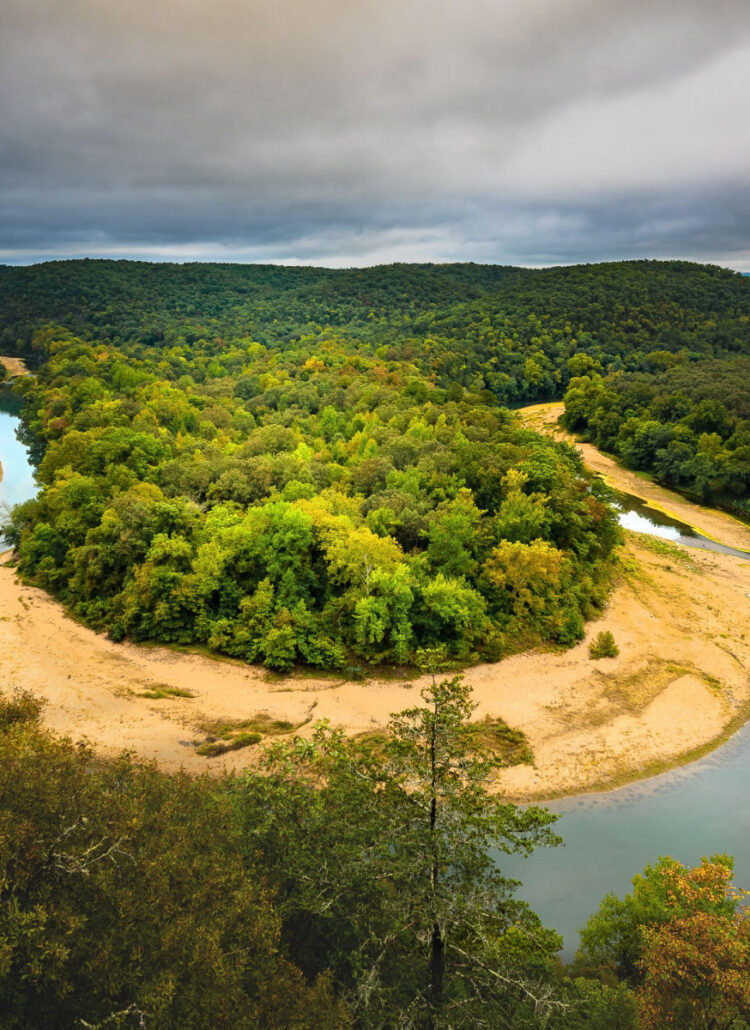
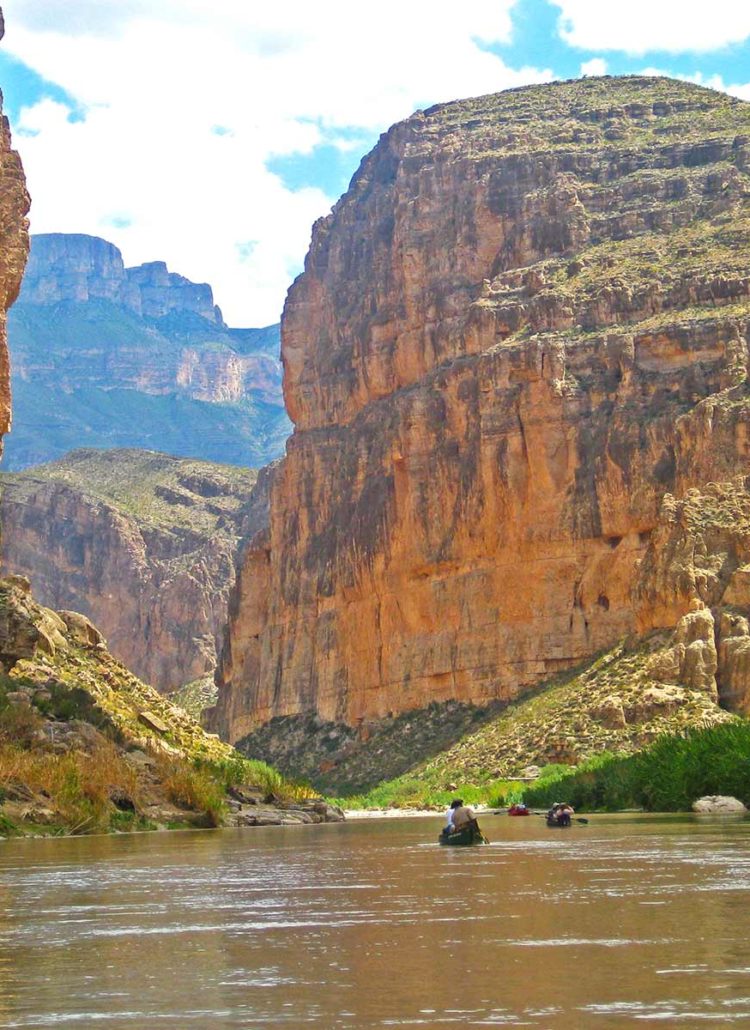


Leave a Reply